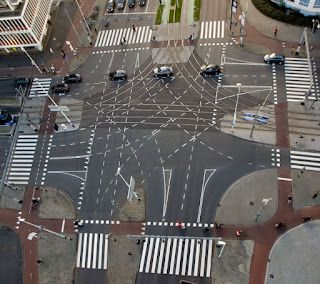Traffic Engineering: Managing Traffic For A Smooth Ride
Traffic engineering is the practice of controlling traffic flow to minimise congestion and reduce the number of traffic incidents on roads, bridges and highways. Traffic engineers use design guidelines to create networks that allow drivers to get where they need to go as quickly as possible with few interruptions.
The goal of traffic engineering Canberra is to increase the speed and efficiency of transportation infrastructure while also promoting safety and reducing travel delays. If you're interested in learning more about this fascinating industry, read on!
Get the basics right.
A traffic engineer's main responsibility is to design roadways so that the flow of traffic is as smooth as possible. Too many cars will make it difficult to drive, while too few cars may cause accidents.
There are many techniques used to provide this balance, such as dynamic speed limits that change based on the number of cars in the area. The goal is always to keep traffic flowing smoothly and efficiently.
Think about problem areas
The plan is to use traffic engineering Canberra measures to keep traffic flowing smoothly and safely. These include:
-Regulating the flow of traffic with signals, signs and pavement markings. -Keeping the roadways clear by removing snow in winter or other debris in summer.
-Designing safe intersections and turning lanes. -Improving sidewalks, ramps and bike paths to make it easier for pedestrians and cyclists to get around.
-Putting medians on roads to help cars avoid collisions.
-Conducting surveys to see how people are using the transportation system, then adjusting routes accordingly.
-Building new bridges, underpasses and overpasses where needed.
Use the right technology.
In order to keep traffic moving smoothly on a freeway, we have several tools at our disposal. The first is ramp metering, where the flow of traffic onto the freeway is controlled by changing the intervals of green lights.
This allows us to control the speed of traffic entering into freeways and ramps. Another way to manage traffic is through queue jump lanes and acceleration lanes that allow buses and emergency vehicles to bypass congestion when they are in need to get through as quickly as possible.
Have an emergency plan
The most important thing to remember about driving is to always be prepared for the unexpected. It's not enough to simply have a spare tire in your trunk.
A spare tire is only good when you can get it on the car.
Make sure you also have an emergency kit with tools and supplies that will allow you to make any necessary repairs on the side of the road, or even change a flat.



Comments
Post a Comment